Expansion of E-commerce Platforms
The School Bags Market is experiencing a transformation due to the expansion of e-commerce platforms. Online shopping has become a preferred method for consumers seeking convenience and a wider selection of products. This trend is particularly relevant for school bags, as parents often look for specific features and styles that may not be available in local stores. E-commerce platforms provide an opportunity for manufacturers to reach a broader audience, thereby increasing their market share. Market data suggests that online sales of school bags are projected to grow significantly, as more consumers embrace digital shopping. This shift is likely to encourage brands to enhance their online presence and invest in digital marketing strategies, ultimately shaping the future landscape of the school bags market.
Growing Influence of Fashion Trends
The School Bags Market is increasingly shaped by the growing influence of fashion trends among students. As school bags are often seen as a reflection of personal style, manufacturers are responding by offering a diverse range of designs, colors, and patterns. This trend is particularly pronounced among teenagers, who seek bags that not only serve a functional purpose but also align with their fashion preferences. Market data indicates that the demand for stylish and trendy school bags is on the rise, prompting brands to collaborate with designers and influencers to create appealing collections. This focus on fashion is likely to drive competition within the market, as companies strive to capture the attention of style-conscious consumers, ultimately impacting sales and brand loyalty.
Rising Demand for Functional Designs
The School Bags Market is witnessing a surge in demand for functional designs that cater to the diverse needs of students. Parents and students alike are increasingly prioritizing bags that offer ample storage, organizational features, and ergonomic support. This trend is particularly evident in urban areas where students often carry multiple items, including laptops, textbooks, and personal belongings. Market data suggests that bags with specialized compartments and adjustable straps are becoming more popular, as they enhance comfort and usability. Consequently, manufacturers are focusing on creating designs that not only appeal aesthetically but also provide practical solutions for everyday use. This shift towards functionality is likely to drive growth in the school bags sector, as consumers seek products that enhance their daily routines.
Technological Advancements in Materials
The School Bags Market is experiencing a notable shift due to advancements in materials technology. Innovative fabrics, such as lightweight, water-resistant, and durable materials, are increasingly being utilized in the production of school bags. This trend not only enhances the functionality of the bags but also appeals to consumers seeking quality and longevity. For instance, the introduction of eco-friendly materials has gained traction, aligning with the growing demand for sustainable products. As a result, manufacturers are investing in research and development to create bags that meet these evolving consumer preferences. The market data indicates that the use of advanced materials could potentially increase the overall market value, as consumers are willing to pay a premium for high-quality, durable school bags.
Increased Awareness of Health and Safety
The School Bags Market is increasingly influenced by heightened awareness of health and safety concerns among parents and educators. There is a growing recognition of the importance of ergonomically designed bags that minimize the risk of back and shoulder strain in children. As a result, manufacturers are responding by developing bags that incorporate features such as padded straps, weight distribution systems, and lightweight materials. Market data indicates that the demand for ergonomic school bags is on the rise, as parents prioritize their children's health. This trend is likely to continue, as educational institutions also advocate for the use of safe and supportive bags. The emphasis on health and safety is expected to shape product offerings in the school bags market, driving innovation and potentially increasing sales.


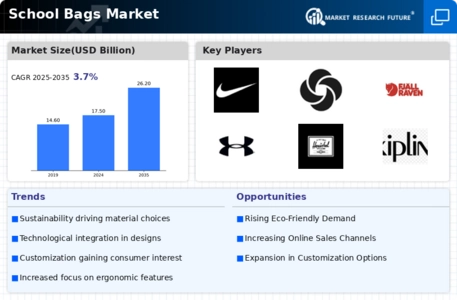
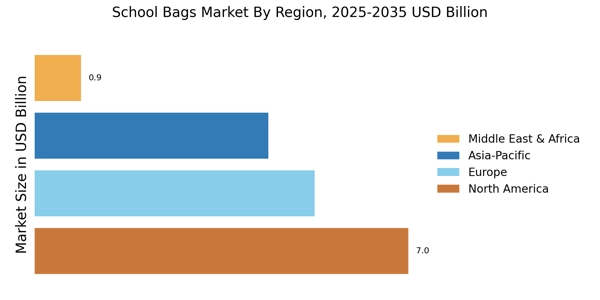
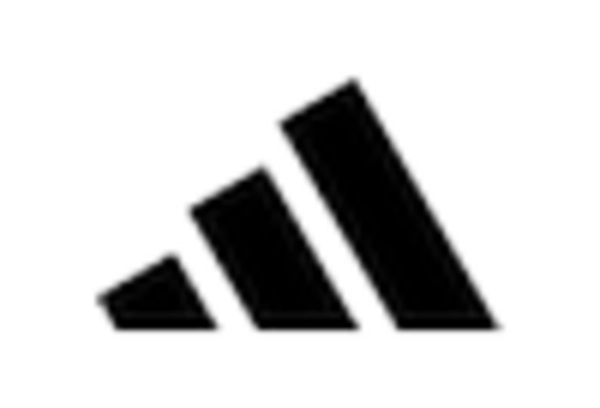
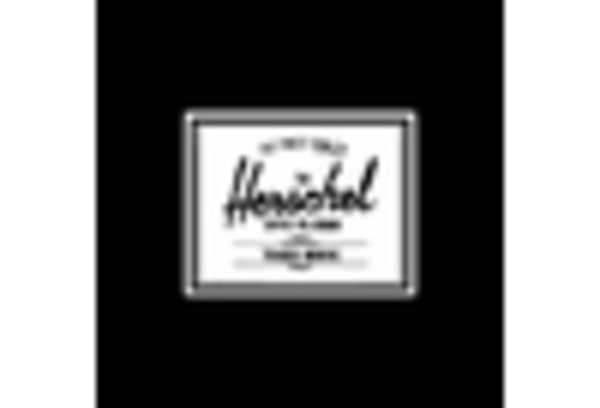
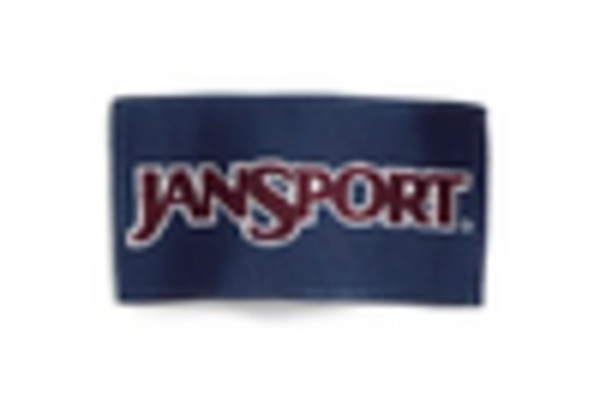
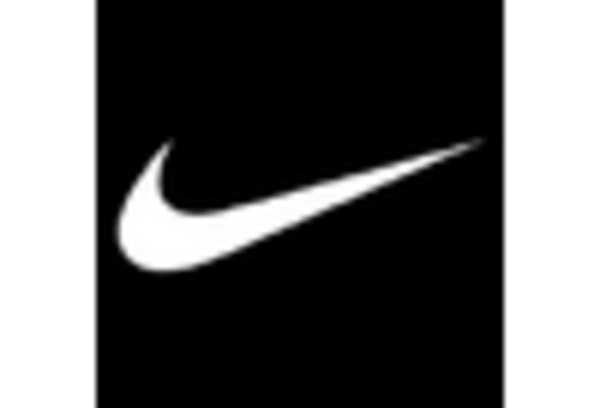
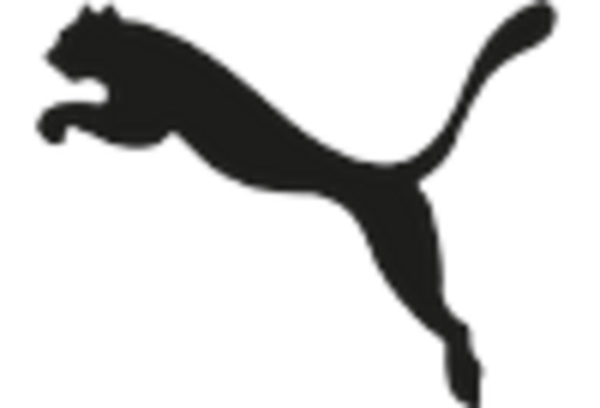
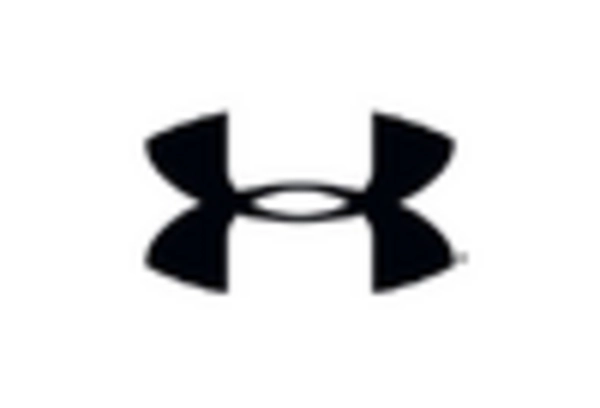








Leave a Comment